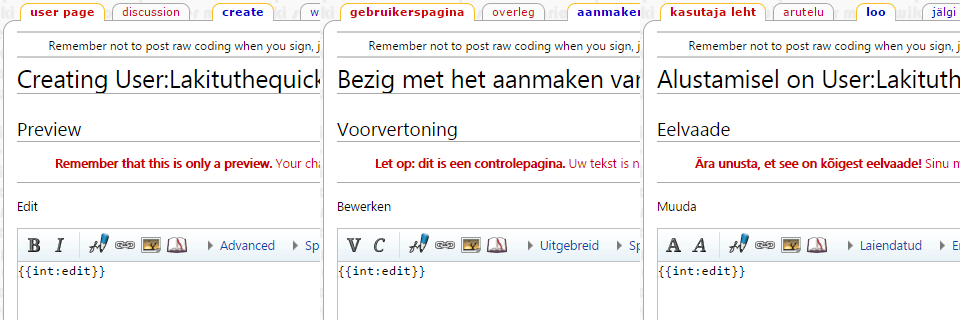- Pronouns
- He/him
Because it returns the URL of the page you are viewing, not the template it is located in.Shaggy said:Also, was there a particular reason that {{edit}} requires the user to enter the template name? I tested out this code, and it didn't fail:
but eh... It's too minor now.Code:<div style="float:left;width:3.4em;text-align:left;padding:0 0 0 0.3em">[<span class="plainlinks">[{{fullurl:{{{1|{{FULLPAGENAMEE}}}}}|action=edit}} edit]</span>]</div>

